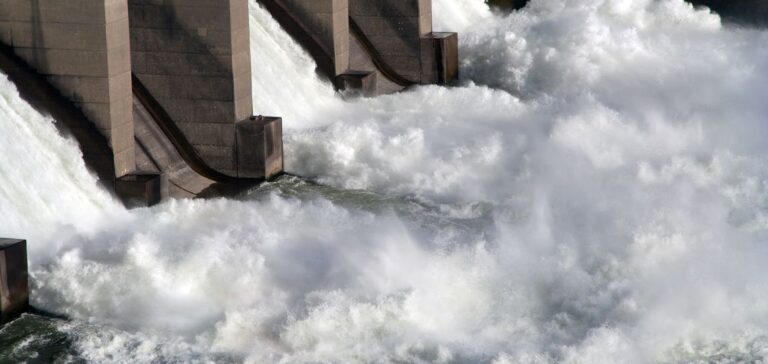In the United States, the Water Power Technologies Office (WPTO) has announced $16 million to support hydropower and marine energy.
Financial support
In the United States, the Department of Energy (DoE) WPTO states that $5.6 million is earmarked for hydroelectric projects. In addition, $10.5 million will support marine energy projects at six national laboratories. These projects will play a role in achieving national and local clean energy goals.
Hydroelectricity represents 31.5% of renewable electricity generation in the United States. Thus, the sector represents 6.3% of the country’s total electricity production. The total marine renewable energy available in the U.S. is equivalent to about 57% of all the nation’s electricity generation in 2019.
Stimulating research
All of the hydroelectric projects and four of the marine energy projects are funded through the Bipartisan Infrastructure Act. The remaining marine energy projects will be funded by FY 2022 WPTO appropriations. The announced projects include $2.7 million in “Sapling” marine energy projects and $1.1 million in “Seedlings” hydro projects.
WPTO is developing the Seedlings and Saplings program to encourage and provide short-term funding for research ideas. The goal is to stimulate the field of hydropower and marine energy at the DoE National Laboratories. Projects start as eligible seedlings up to $100,000.





















